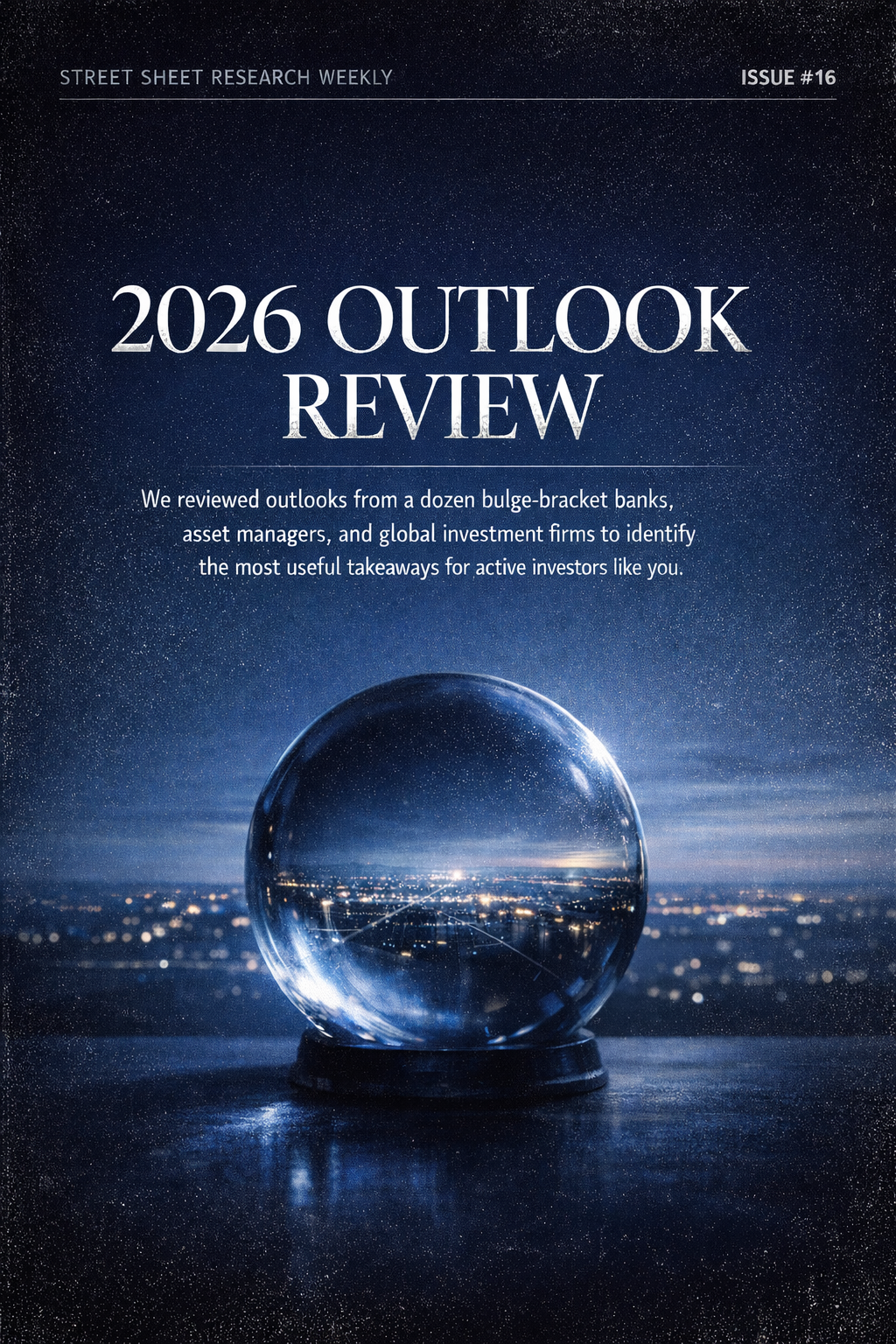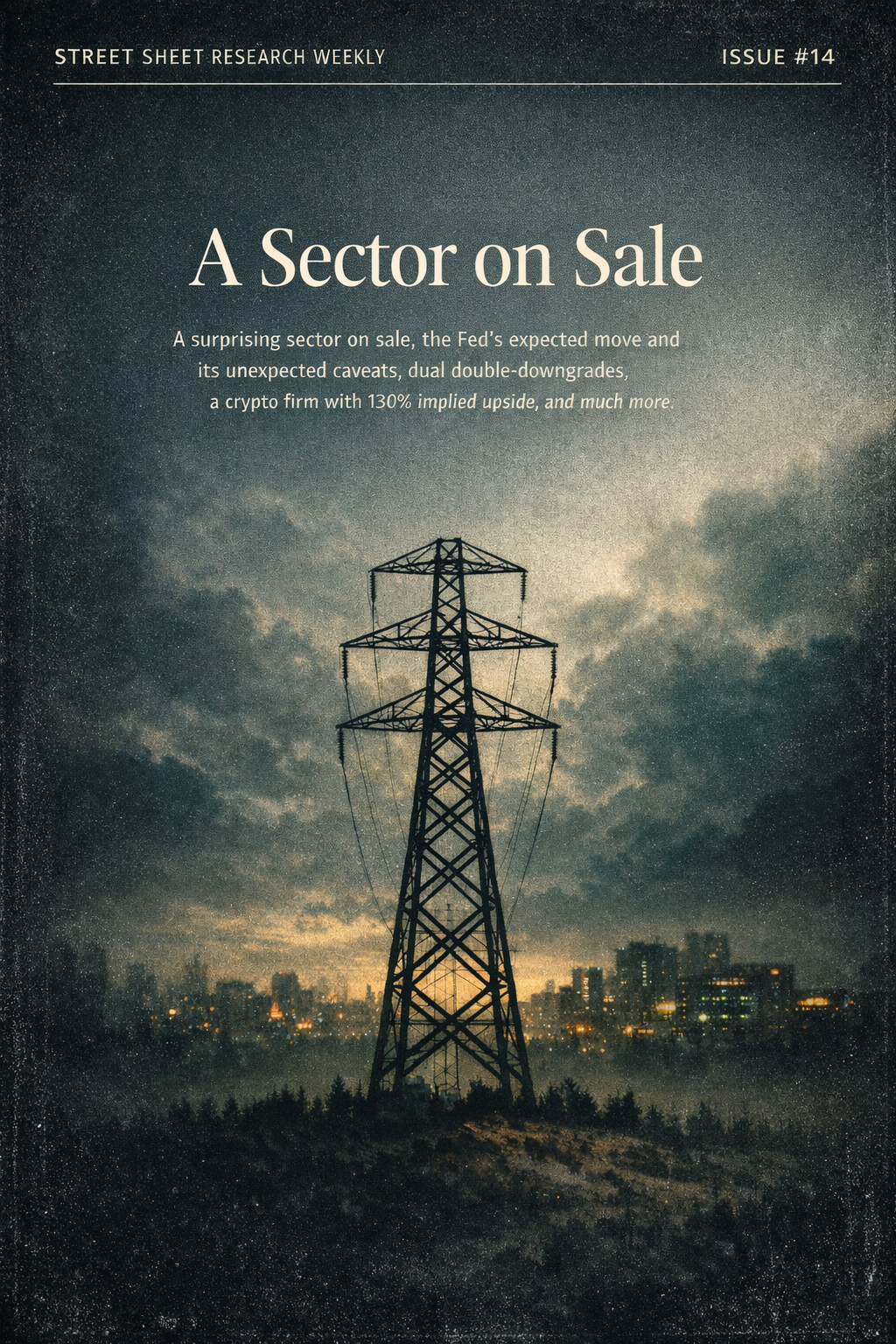
Happy Sunday to everyone on The Street.
I have to hand it to him. Zuck’s Twitter copycat, Threads, is pretty, prettttty, pretttttyyy good. The sign-up was seamless, the UX is minimalistic, and there are no ads (for now). It’s also nice seeing your brand’s follower count increase every time you open the app since new users have the option to follow the same accounts they follow on IG.
Part of me thinks the launch week novelty will wear off. With that said, a few of Zuck’s prior copycats have done really well. When IG copied Snap’s “stories” feature it felt weird and forced at first. Now, roughly 500 million people use Instagram stories on a daily basis. When IG copied TikTok with Reels, this also felt somewhat strange. But, like Stories, Reels has seen parabolic user growth. About 2.35 billion people interact with reels every month.
Either way, these are the moments that highlight the hollow nature of our mainstream media. Outlets on both sides of the spectrum have had a field day with the Threads launch, dubbing it the “Twitter Killer”, basically because they love rooting against Elon Musk. As a result, Zuck is now being painted as some sort of savior for providing an alternative to the original public square. Zuckerberg certainly wasn’t painted as such an angelic character after the 2016 election.
I’m sure the sentiment will sway. Threads is bound to run into the same content moderation crossfire that has weighed on Facebook and Instagram. In the meantime, we’ll be posting pictures of Flags, because like we said last weekend, despite the chaotic nature of our country, it’s still the best thing going.
— Brooks
PRESENTED BY TRADING PIT
Multiply Your Earnings, Not Your Losses!
Trade with larger accounts for bigger profits, while your personal capital stays untouched. Begin your trading transformation today! Trade up to $5M and keep up to 80% of the profits!
Review
US stocks fell Friday after the latest employment numbers showed signs of slowing job growth.
Nonfarm payrolls increased by 209,000 in June, less than the expected growth of 240,000. Overall, job growth in June was slower than May's downwardly revised 306,000 and the most sluggish month for job creation since December 2020.
That said, the unemployment rate declined from 3.7% to 3.6%. The nonfarm payroll report also follows in the footsteps of a strong private jobs reading from ADP on Thursday. Private sector jobs increased by 497,000 in June, the biggest monthly gain since July 2022 and more than double the consensus estimate of 220,000.
The mixed back-to-back reports paint a cloudy picture of the job market. The strong ADP report seems to suggest that the Federal Reserve might be leaning toward further rate hikes. The weaker report on Friday, however, might mean the central bank has some breathing room.
Right now, there’s a 92% chance of a quarter-point hike on July 26, according to CME Group’s FedWatch tool. At their June meeting, Fed officials indicated two more rate hikes could be ahead before the end of the year.
Overseas, US Treasury Secretary Janet Yellen met with Chinese Premier Li Qiang in Beijing to discuss the US-China economic and financial relationship. Yellen defended American actions to protect its national security and said the US may need to pursue targeted measures in certain circumstances. She also emphasized the importance of not allowing disagreements to worsen their bilateral relationship and highlighted the need for cooperation between the US and China on important global challenges.
In company-specific news, legacy automakers have been promising to increase production and sales of electric vehicles. Still, Tesla remains the top EV seller in the US, with a lead of roughly 300,000 all-electric vehicles over its closest competitors, Hyundai Motor and General Motors. However, as more competitors enter the field, Tesla's market share of US EV sales dropped nearly 10% from a year ago to 60% of electric vehicles sold domestically.
In total for the week, the Dow Jones Industrial Average shed 1.96%, while the S&P 500 dropped 1.16%. The Nasdaq Composite fell 0.92%.
Preview
The week will kick off with speeches from several Fed Presidents: Mary Daly of San Francisco, Loretta Mester of Cleveland, and Raphael Bostic of Atlanta. These speeches could provide clarity on whether or not the Federal Reserve will continue to raise interest rates for the remainder of the year.
Tuesday, the NFIB small business optimism index for June will be released. In May, this index indicated ongoing concerns among small business owners regarding future business conditions.
On Wednesday, the inflation rate for June will be released. In May, inflation slowed for the 11th consecutive month to 4%, driven mainly by a decline in energy prices.
On Thursday, producer price inflation for June will be released. In May, producer prices decreased 0.3% on a monthly basis. Additionally, a statement regarding the US government’s monthly budget will be released. In May, the US government reported a budget deficit of $240 billion, up from $66 billion the year before.
On Friday, US import and export prices will be released for June. In May, these metrics dropped 0.6% and 10.1% on an annual basis, respectively.
Earnings Spotlight
Tomorrow, WD-40 (WDFC), the chemical company named after its signature product, will release earnings. The owner of Spot Shot and Carpet Fresh will look to improve after last quarter, when it reported a 15.3% year-over-year drop in net income.
Reports from major companies will remain relatively quiet until Thursday, when the week will pick up dramatically. Pepsi (PEP) and Progressive (PGR) are two big names that will report their latest results. Pepsi’s CEO will likely discuss the company’s controversial yet profitable decision to remain open in Russia despite its war with Ukraine.
Friday will be a marquee day for financial companies, with JPMorgan (JPM), BlackRock (BLK), and Citi (CITI) all announcing earnings. BlackRock CEO Larry Fink is sure to discuss the company’s recently-proposed Bitcoin ETF, as well as his statement that Bitcoin could “revolutionize” finance.
El Niño is Here. These Are The Stocks To Watch
More Rain and Flooding in the Southeast
El Niño is officially here, meaning warmer sea surface temperatures and the potential for heavy rain and flooding in the Gulf Coast and southeastern U.S. That puts certain utility stocks at risk during the third quarter, including CMS Energy (CMS), DTE Energy (DTE), and WEC Energy (WEC).
“Unlike in some prior cycles, which had weaker El Niños, 2023 is expected to feature a historically strong El Niño, perhaps comparable to the conditions experienced in 1982/1983 and 2016,” Keybanc analyst Sophie Karp wrote in a recent research report.
California May Be OK
California is expected to escape relatively unscathed by this weather pattern, but if it does turn into a bad wildfire season there are some companies that are exposed.
According to Karp, these companies include Xcel Energy (XEL), Avista (AVA), and Portland General Electric (GE). If the wildfire season is mild, on the other hand, it may bode well for the stocks of Edison International (EIX) and Sempra (SRE). Both have been burned during severe wildfire seasons in recent years.
If there are storms in the Gulf of Mexico, utilities serving the southeast could be in the crosshairs, says Karp. They include Entergy (ETR), CenterPoint Energy (CNP), Southern Company (SO), Duke Energy (DUK), and Nextera Energy (NEE).
Insurers May Get a Bump
On the insurance front, while this might sound somewhat counterintuitive, this year may bring good news for investors. Strangely enough, Morgan Stanley analyst Andrei Stadnik recently said that an El Niño year typically leads to 40% less catastrophe expenses for insurers than a La Niña year.
If this holds true, that means companies including Insurance Australia Group (IAUGY) and Suncorp (SUN.AX) could see a one-year profit increase. With that said, longer-term climate-related issues are expected to cost them more, which means these companies will need to increase their catastrophe budgets.
Shifting weather patterns in the third quarter will benefit some and hurt others. Either way, investors should prepare for some stormy weather.
Which stock do you think will underperform over the next 3 months?
Searching for Yield in the Summer Months
UBS Warns a Mild Recession is Coming
Looking for yield in all the wrong places? Well, look no more. UBS is out with a list of where to put your money beyond equities. Arguing in a recent note that the economy will enter a mild recession later this year or early next, UBS said investors should seek cover in fixed income.
How? By combining high-quality, short-duration bonds for income with long-duration bonds to take advantage of eventual declines in interest rates. Where do you get that? With mortgage-backed securities, U.S.-grade investment credit, and preferred securities, according to UBS.
Take a Look at Mortgage-Backed Securities, Corporate Bonds
Take mortgage-backed securities for starters. With these, cash flow is tied to the principal and interest payments on a pool of mortgages. With higher mortgage rates, the better the yield. Currently, mortgage-backed securities have a coupon yield of 5.5%, but there’s a big spread between AAA and BBB levels that UBS thinks will narrow this year.
Then there is corporate debt. Investment-grade corporate bonds already give investors a decent yield but also tend to do okay in mild recessionary periods. The Wall Street firm pointed to the big six bank bonds as an area of opportunity.
Preferred Securities Also on the List
As for preferred securities, UBS likes the ones offered by banks and financial institutions.
It’s worth noting there may be more volatility in the coming months over the potential for additional Fed rate hikes, recession risks, and loan losses.
Still, UBS thinks the current valuations provide an opportunity for investors to see “impressive 12 month returns” even in a slower economic period.
What do you prefer: mortgage-backed securities or corporate bonds?
Stop Paying for Losses – Your Financial Freedom Starts Here
It's time to put an end to out-of-pocket expenses in your trading career. With The Trading Pit, we finance your trading skills up to $5M – and leave the losses behind. Trade with our capital and start earning in just 3 days!
How to Play Increased Automation
More Room to Run
Automation is all the rage when it comes to manufacturing. A key beneficiary of that trend will likely be the Milwaukee, WI-based, Rockwell Automation (ROK).
ROK is a leader in making equipment and software that automates various manufacturing processes, and its shares have had a nice run so far this year — up over 26%. More of the same is expected as supply chain issues ease and manufacturing shifts back to the U.S.
Reshoring of Manufacturing
The reshoring of America is driving multi-billion dollar investments in U.S. semiconductor and electric vehicle factories. This is a big deal for Rockwell Automation.
Those factories require new manufacturing equipment, which means more business for Rockwell. As of the end of the second quarter, the company’s backlog stood at $5.6 billion, up from about $4 billion in the same period a year ago.
Rockwell the “Tech” Stock?
Rockwell Automation’s backlog and the reshoring trend aren’t the only tailwinds that bulls cite. Some think the company should be viewed as a tech stock instead of an industrial play. If it was, more investors would pile in and the stock would move higher, the thinking goes.
They point to the driver behind Rockwell’s recent growth for their reasoning: automation software with artificial intelligence built in. That is becoming a larger percentage of its overall sales and has higher margins – and brings more growth. So much so that Morgan Stanley thinks the stock can hit $415 a share, marking a double-digit jump.
Automating America’s factories, new and old, will take time. Rockwell’s ascent may not come automatically, but over time, bulls think it will.
Last Week's Poll Results
Are you bullish or bearish on Boston Beer?
🟩🟩🟩🟩🟩🟩 🐂 Bullish
🟨🟨🟨⬜️⬜️⬜️ 🐻 Bearish
Are you bullish or bearish on the offshore drilling sector?
🟩🟩🟩🟩🟩🟩 🐂 Bullish
🟨🟨🟨🟨⬜️⬜️ 🐻 Bearish







